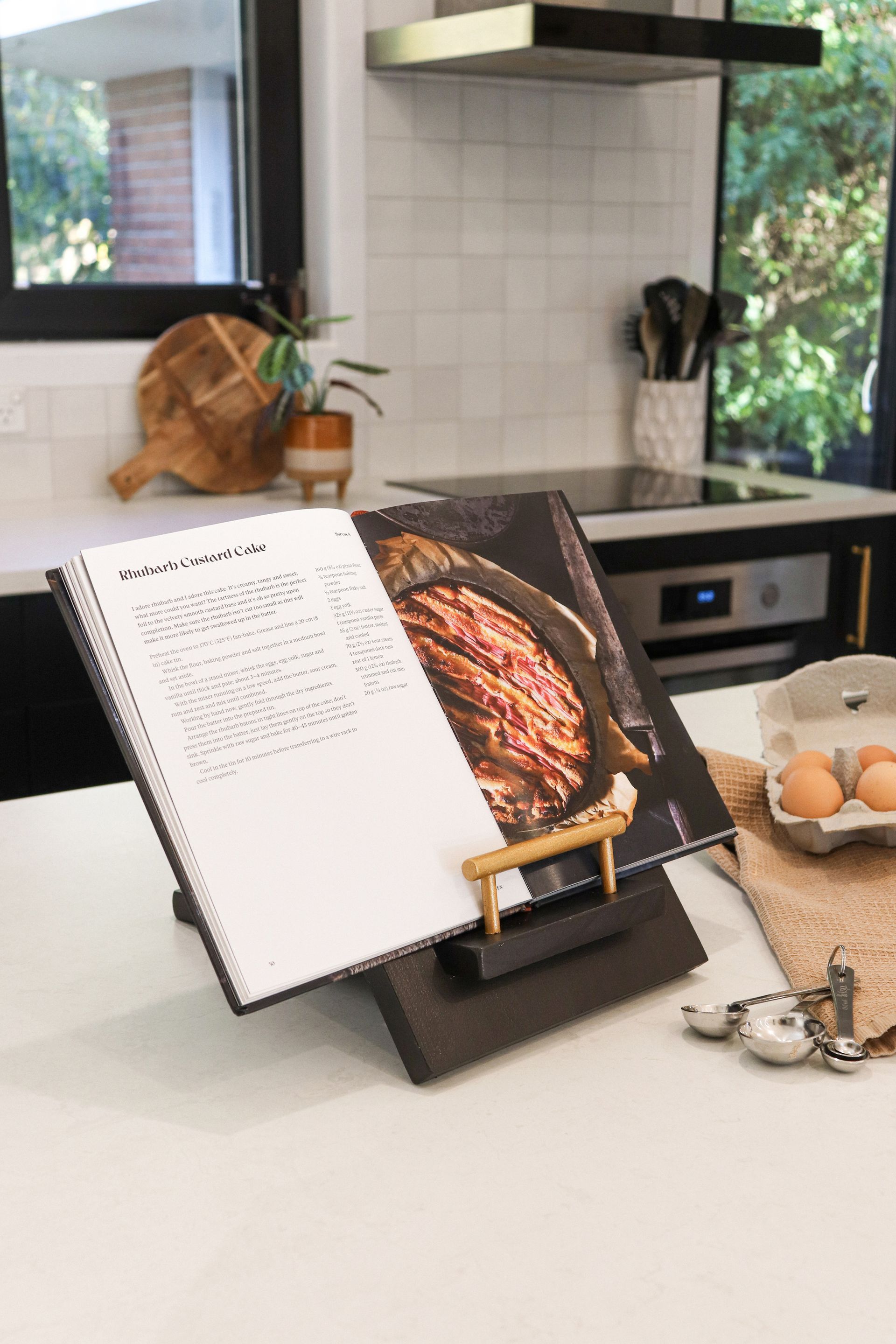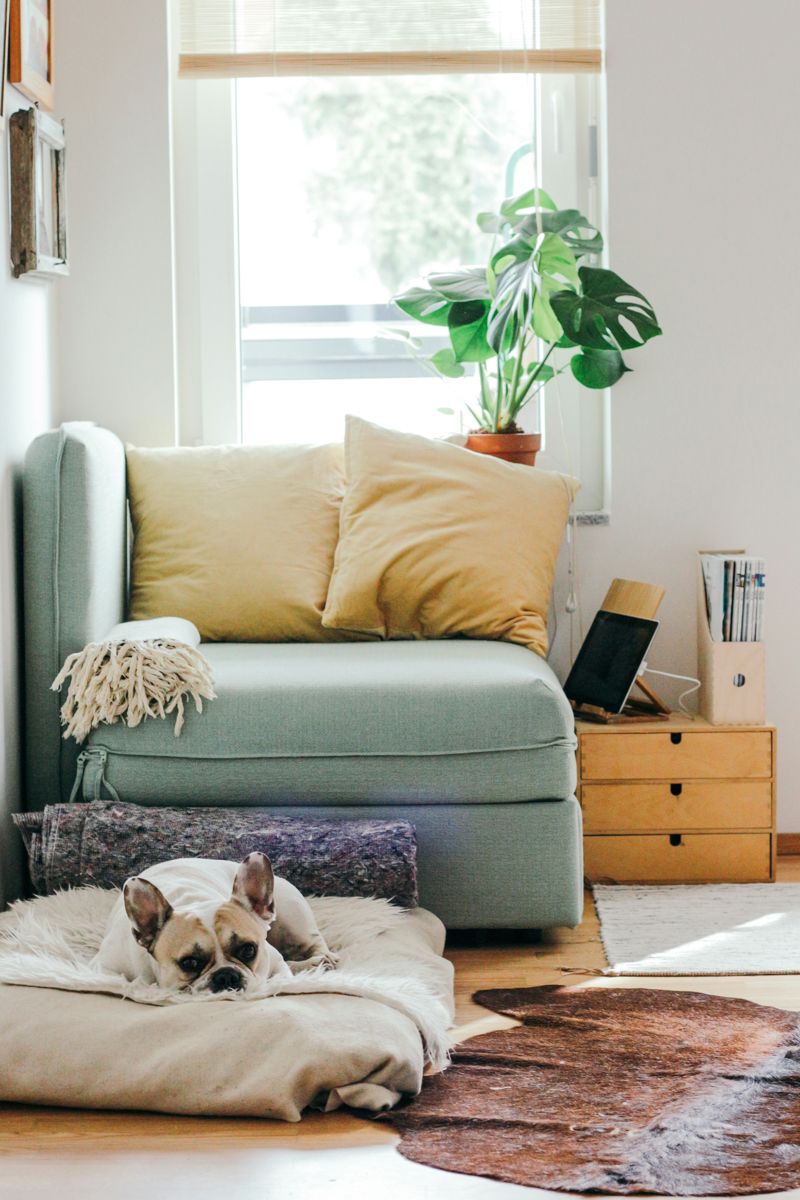Here’s a riddle and it’s no giggle. What is catastrophic when it’s fast and linear? Good when it’s slow and even better when it goes around in circles? It is the industry that puts clothes on our backs and pockets our cash with the seduction of what’s new, cheap and in fashion. Something has to change.
Fast Fashion is a modern phenomenon and it is killing our planet. The ‘make-buy-dispose-of’ nature of this way of dressing means that every day, the equivalent of 86,400 rubbish trucks of clothes are burnt or buried in landfill. Textile production is enormously polluting, using toxic chemicals, coal as an energy source and huge amounts of water. It is also known to be one of the major contributors of plastic microfibres entering the oceans. And let’s not even start on sweat shops and slave labour …
The industry itself acknowledges that something must change and is slowly fashioning a new silhouette with recycled fabrics, repurposed garments, in-store resale and more ethical practices. The ultimate goal is a circular, regenerative fashion industry model, in which garments are designed and engineered to be used for as long as possible before being repurposed or disposed of in an environmentally compatible way.
If we look at this circular fashion revolution as a wheel, then one of the most supportive struts – and one that is currently gaining traction – is the practice of buying preloved. Investing in quality, well-designed garments (at much less than the original price) that someone else no longer needs, wants or suits. It is a niche shopping experience that is as different from second-hand thrift shopping as is the feel of a silk purse compared to a plastic wallet.
The business of preloved merchandise is much more complex and time-consuming than accepting new garments from wholesalers and retailing them on the shop floor. There is the inspection, curation and recording of garments from many (sometimes hundreds of) individual sellers. Then there’s the usual steaming and pricing, and the return of any unsold clothing at the end of the selling cycle.
Preloved boutiques usually work on a consignment basis, where garments are sold on behalf of the owner, with a 50/50 split of the sale price. After a specified time on the floor, if the garments haven’t sold, they are either returned to the owner or gifted to charity.
Five years ago, Martin Exon and his wife, Amanda Stirling-Exon transferred their long history of clothing retail experience into their first preloved venture in suburban Christchurch, To Be Continued… which has recently been joined by a second shop, Chapter Two. They have a strong internet presence with Amanda, friends and family modelling many of their most saleable styles online to customers both local and global.
Bridget Brownrigg of LOFT Preloved Boutique in Tai Tapu came from a corporate background but turned her love of styling and her preloved fashion hobby into a business five years ago. Bridget coordinates complete outfits, photographs them on a flat surface (called a ‘flat lay’) and advertises them online.
Coral Harman had always been in direct sales and fashion retailing which gave her the confidence to open ENVIE in Rangiora five years ago. She now has a strong Facebook following, where she frequently showcases the latest arrivals by styling them simply on hangers.
Twenty-three-year-old Madi Davis, who has a hospitality background, was inspired by her experience of selling a consignment of her own clothing through Recycle Boutique in Christchurch. She decided two years ago to set up Centipede, a preloved retail space in Ashburton where she grew up. And Lisa Willetts has customised her shop, Louis Who in Waikuku, by featuring an eclectic mix of high-end new garments as well as preloved pieces.
Physical location and a stylish ‘boutique feel’ are paramount, because preloved shopping is often destination shopping. Access and parking need to be easy for any clients bringing in garments to sell, or shoppers popping in for a browse, which some regulars do weekly.
‘We love our locations and the quirkiness of each store,’ Martin explains. ‘We take pride in the layout of the merchandise with most customers not realising that we are, in fact, a preloved retail store.’
For many of the retailers, the preloved fashion market is about providing a curated and beautiful shopping experience. At Louis Who, high-end preloved fashion and accessories sit alongside a selection of homeware
and gifts – a shopping destination
Online followers of The Loft in Tai Tapu are treated to a sneak peek into what will be on offer each week with curated flat lays providing inspiration.
Bridget describes her large loft space above a garage as ‘looking like a colourful, mainstream fashion retailer but with a more intimate feel’. ENVIE’s chic black and white façade and pristine interior contrasts stylishly with the Rangiora industrial area it sits in. Louis Who is one of several specialist shops that make up the Old School Collective in Waikuku, and Madi has transformed a heritage grain store in one of Ashburton’s main thoroughfares into a hip and trendy retail space.
Stock quality in a large range of sizes is the key to success. ‘We only accept items that have been loved and cared for – clothing that is different, on trend and in great condition,’ continues Martin. Bridget echoes this. ‘I curate my shop with high-quality local and overseas labels in near-perfect condition.’
Madi concurs, ‘I look for flawless, freshly laundered designer and quality labels and I try not to accept garments that are available elsewhere in Ashburton.’ So, don’t expect any pilled, pulled, stained or less-than-pristine pieces to be given hanging space. The trick to buying preloved clothing well, is time and patience. Slowing down enough to enjoy the browsing process and the excitement of the hunt. Lisa is sure you will be pleasantly surprised by both the quality and range of clothing available. ‘Whether you need a gorgeous dress for a black-tie event, or you’re after a funky pair of sneakers, we have lots of options for you to choose from,’ she says.
Madi’s advice is about sizing. ‘Since every item and brand fits differently, don’t be afraid to try on lots of garments in different sizes and have fun.’
Coral Harman, who knows most of her customers well, takes ‘personal shopping’ very personally. Whipping around the shop, she plucks designer items, like she is making a bright bouquet, to create not just one look for the client but an entire capsule wardrobe.
Bridget also encourages shoppers to browse with an open mind. ‘You may not be looking for a fabulous new coat but here it is! Try things on, come out of the changing room and get feedback from myself and other shoppers. Always double-check seams, buttons and zips and don’t buy if you don’t absolutely love it – it will only hang in your wardrobe until you resell it.’
Passionate about changing the way people shop, Amanda and husband Martin Exon have expanded their offering with a second store, To Be Continued...Chapter Two. Like its contemporaries, it is a warm and inviting space in which to browse.
Centipede has become a shopping institution in Ashburton, with owner-operator Madi Davis on hand to guide shoppers into the perfect preloved outfit.
For many of the retailers, the preloved fashion market is about providing a curated and beautiful shopping experience. At Louis Who, high-end preloved fashion and accessories sit alongside a selection of homeware and gifts – a shopping destination.
Perhaps because buying and selling in this way is such a cooperative, almost intimate three-way process, it becomes very much about the personal connections made as well as the customer experience. Martin reveals, ‘We have a wonderful selection of customers who have become not only regulars but friends and because we look long term, we give honest feedback. We want our customers to leave feeling great about themselves.’ Madi agrees. ‘My customers come back to me as they know I offer trusted advice and will make sure they walk out the door knowing what suits them.’
‘Preloved shopping is undoubtedly becoming more mainstream,’ Bridget believes. ‘People are aware of the impact of fast fashion and the importance of being ethical with what they buy and preloved clothing is a way we can address these issues. Affordability, originality and the fun of the find are some of the advantages of shopping this way, plus you can sell your own clothing at the same time.’
Martin shares his top picks for buying preloved. ‘Reducing the waste of good-quality items, being able to purchase clothing a customer might think twice about at full price and finding desirable items that are sold out in other retail stores,’ he affirms, before adding conspiratorially, ‘you would be amazed at who buys this way!’
Recent stories



All Rights Reserved | CountryWide Media






